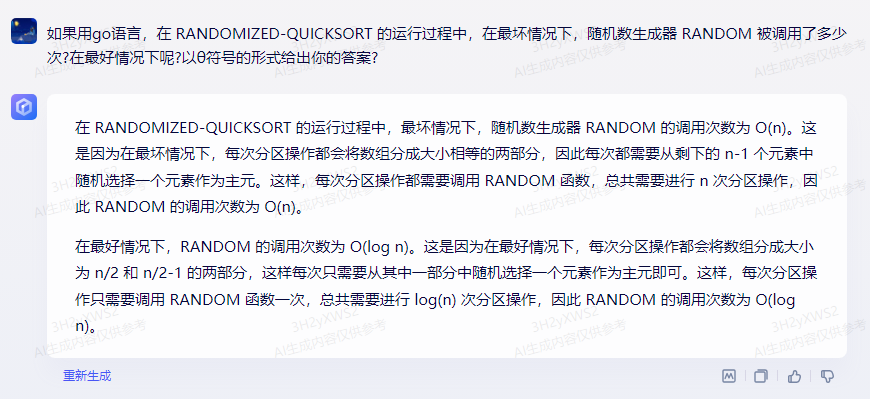impl 块
-
调用 struct 或 enum 上的函数,请使用 impl 块
-
struct使用impl调用
// 声明struct结构体 struct Animal { age: u8 } // 实现结构体 impl Animal { // 声明new方法,返回自己,类似于this fn new() -> Self { Self { age:10, } } // 自我赋值 fn change_to(&mut self) { age = 11; } } fn main() { // 实例化 let mut new_animal = Animal::new(); new_animal.change_to(); } -
enum使用impl调用
// 声明枚举 enum Mood { Good, Bad, Sleepy, } // 实例化 impl Mood { fn check(&self) { match self { Mood::Good => println!("Feeling good!"), Mood::Bad => println!("Eh, not feeling so good"), Mood::Sleepy => println!("Need sleep NOW"), } } } // 调用 fn main() { let my_mood = Mood::Sleepy; my_mood.check(); }
-
{:?}使用方法
truct或enum中,如果你想使用{:?}来打印,你需要给它Debug,所以我们将这样做:如果你在结构体或枚举上面写了#[derive(Debug)],那么你就可以用{:?}来打印。这些带有#[]的信息被称为属性
use std::fmt::Debug;
引用后打印的使用{:?}
use std::fmt::Display;
引用后打印的使用{}
解构
struct Person{
name:String,
}
let per = Person{name:"Wang".to_string()};
let Person{
name, // 或者name:a 前者可直接使用name,后者使用a变量
}=pre;
引用 *和& 以及点引用
用&后,可直接使用点来获得数值
struct Item {
number: u8,
}
fn main() {
let item = Item {
number: 8,
};
let reference_item = &item;
reference_item.number == 8 // true
}
泛型
// 1.基础
fn return_number<T>(number: T) -> T {
number
}
// 2.Debug模式
use std::fmt::Debug; // Debug is located at std::fmt::Debug. So now we can just write 'Debug'.
fn print_number<T: Debug>(number: T) { // <T: Debug> is the important part
println!("Here is your number: {:?}", number);
}
// Display模式+多个泛型+声明PartialOrd进行两个数比较
use std::fmt::Display;
use std::cmp::PartialOrd;
fn compare_and_display<T: Display, U: Display + PartialOrd>(statement: T, num_1: U, num_2: U) {
println!("{}! Is {} greater than {}? {}", statement, num_1, num_2, num_1 > num_2);
}
异常 (unwrap 类似于拆盲盒,指不定就有None)
-
Option
// 判断后返回None或者Some(数值) fn take_fifth(value: Vec<i32>) -> Option<i32> { if value.len() < 5 { None } else { Some(value[4]) } } // 比对Option fn handle_option(my_option: Option<i32>) { match item { Some(number) => println!("Found a {}!", number), None => println!("Found a None!"), } } // 比对Option也可通过 if take_fifth(vec![1,2]).is_some() { take_fifth(vec![1,2]).unwarp();//该值一定不是None } -
Result
// Option大约是Some或None(有值或无值)。 // Result大约是Ok或Err(还好的结果,或错误的结果)。 enum Option<T> { None, Some(T), } enum Result<T, E> { Ok(T), Err(E), } // 从city中遍历 while let Some(information) = city.pop(){} // 将information转化为i32 并判断是否错误 if let Ok(number) = information.parse::<i32>() {}
HaspMap 和 BTreeMap
-
HaspMap 和 BTreeMap 用法一致
区别1:
HashSet和BTreeSet 只有key的HashMap,类似于java的List (use std::collections::HashSet;)
区别2:BTreeMap 默认排序(key)
use std::collections::HashMap; let mut population: HashMap<u32, u32> = HashMap::new(); population.insert(1,3); for (key, value) in population{} population[key] //获得value,不过容易出现None 返回的是数值 population.get(key) //当key么有value时,会出现None 返回的是Option // pub fn entry(&mut self, key: K) -> Entry<K, V> /* fn or_insert(self, default: V) -> &mut V { match self { Occupied(entry) => entry.into_mut(), Vacant(entry) => entry.insert(default), } } */ let address = population.entry(key).or_insert(value) *address == value //true // 相同key的value数组 population.entry(key).or_insert(Vec::new()).push(value)
二叉堆 BinaryHeap (use std::collections::BinaryHeap;)
-
使用距离
BinaryHeap::new(); push() pop() 每次拿最大的
VecDeque
-
VecDeque 类似于Vec,拿取两端数据时比Vec快
VecDeque::from(vec![0; 600000]); my_vec.pop_front();// 只能从头或者从尾拿
panic! 中断宏
// 断言
assert!(bool, msg): 如果()里面的部分不是真的, 程序就会崩溃.
assert_eq!(key1, key2, msg):()里面的两个元素必须相等。
assert_ne!(key1, key2, msg):()里面的两个元素必须不相等。(ne表示不相等)
expect
- expect 可等价替换unwrap,不过expect(msg),出现错误会显示msg
trait(特性)
struct Wizard {}
struct Ranger {}
trait FightClose {
fn attack_with_sword(&self, opponent: &mut Monster) {
opponent.health -= 10;
println!(
"You attack with your sword. Your opponent now has {} health left.",
opponent.health
);
}
fn attack_with_hand(&self, opponent: &mut Monster) {
opponent.health -= 2;
println!(
"You attack with your hand. Your opponent now has {} health left.",
opponent.health
);
}
}
impl FightClose for Wizard {}
impl FightClose for Ranger {}
fn main() {
let radagast = Wizard {};
let aragorn = Ranger {};
radagast.attack_with_sword(&mut uruk_hai);
aragorn.attack_with_bow(&mut uruk_hai, 8);
}
Form trait
use std::convert::From;
struct EvenOddVec(Vec<Vec<i32>>);
impl From<Vec<i32>> for EvenOddVec {
fn from(input: Vec<i32>) -> Self {
let mut even_odd_vec: Vec<Vec<i32>> = vec![vec![], vec![]]; // A vec with two empty vecs inside
// This is the return value but first we must fill it
for item in input {
if item % 2 == 0 {
even_odd_vec[0].push(item);
} else {
even_odd_vec[1].push(item);
}
}
Self(even_odd_vec) // Now it is done so we return it as Self (Self = EvenOddVec)
}
}
fn main() {
let bunch_of_numbers = vec![8, 7, -1, 3, 222, 9787, -47, 77, 0, 55, 7, 8];
let new_vec = EvenOddVec::from(bunch_of_numbers);
println!("Even numbers: {:?}\nOdd numbers: {:?}", new_vec.0[0], new_vec.0[1]);
}
AsRef
use std::fmt::{Debug, Display}; // add Debug
fn print_it<T>(input: T) // Now this line is easy to read
where
T: AsRef<str> + Debug + Display, // and these traits are easy to read
{
println!("{}", input)
}
fn main() {
print_it("Please print me");
print_it("Also, please print me".to_string());
}




















